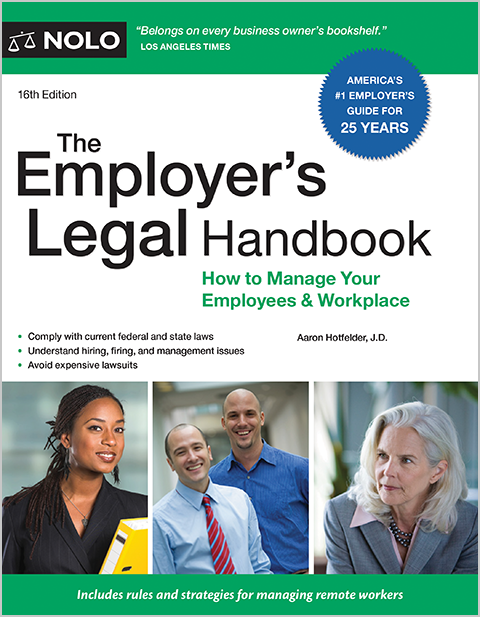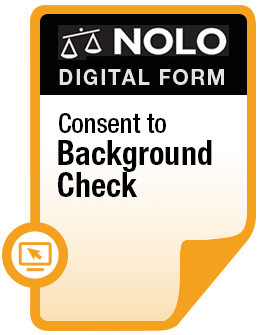Yes, if your employer has a paid vacation or PTO policy, you may elect to use your accrued leave to supplement your PFL benefits.
Yes, if your California employer has a paid vacation or PTO policy, you may elect to use your accrued leave to supplement your PFL (paid family leave) benefits. This is called "integration." Your combined PFL benefits and paid leave can be up to 100% of your normal wages, but you cannot receive more than that.
For example, if you normally earn $1,000 per week and your weekly PFL benefit is $550, you can receive a maximum of $450 from your employer in PTO or vacation. If your employer agrees, you may also integrate PFL benefits with your accrued sick leave.
California used to have a one-week waiting period before an employee received PFL benefits, but that no longer applies.
Example: Carlton plans to take five weeks off when his son is born. He works a 40-hour week and has three weeks of PTO saved up (120 hours). He is eligible to receive 55% of his salary through California's paid family leave program. He wants to use his PTO to supplement his pay so that he receives his full salary during his leave. Here's how he will be paid:
- Weeks 1 through 5: Carlton will receive 55% of his wages in PFL benefits. The other 45% of his wages will come from PTO. This amounts to 18 PTO hours per week (45% of 40 hours = 18) for five weeks, for a total of 90 PTO hours.
To learn more, including whether you are entitled to vacation or PTO, see our article on California vacation and paid time off rules.
Go back to main page of California Paid Family Leave FAQ



